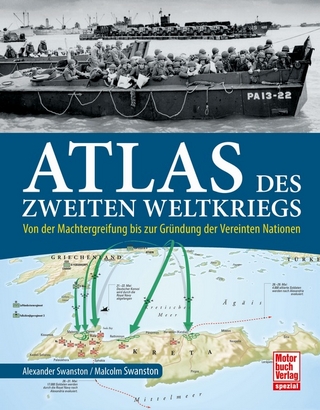
Wales and the Bomb
The Role of Welsh Scientists and Engineers in the UK Nuclear Programme
Seiten
2019
University of Wales Press (Verlag)
978-1-78683-359-4 (ISBN)
University of Wales Press (Verlag)
978-1-78683-359-4 (ISBN)
This is the first book to describe and analyse the anti-war movement in Wales, and provides an insight into the two main strands of opposition to the war on religious and political grounds. This work details the breadth of anti-war activity and, for the first time, reveals and analyses the 900 conscientious objectors identified in Wales.
The main focus of this book is on the contribution of Welsh scientists, engineers and facilities in Wales to the British nuclear programme – especially the military programme – from the Second World War through to the present day. After the war, a number of Welsh scientists at Harwell played an important role in the development of civil nuclear power, and subsequently also at Aldermaston where Welsh scientists and engineers were a key part of William Penney’s team producing the first UK nuclear device tested at Monte Bello in 1952. This book highlights the scientific and engineering contribution made by Welsh scientists and engineers, and, where possible, it considers their backgrounds, education, personalities and interests. Many, for example, were sons of miners from the Welsh valleys, whose lives were changed by their teachers and education at Wales’s university institutions – which responds in part to the question, ‘Why so many Welshmen?’
The main focus of this book is on the contribution of Welsh scientists, engineers and facilities in Wales to the British nuclear programme – especially the military programme – from the Second World War through to the present day. After the war, a number of Welsh scientists at Harwell played an important role in the development of civil nuclear power, and subsequently also at Aldermaston where Welsh scientists and engineers were a key part of William Penney’s team producing the first UK nuclear device tested at Monte Bello in 1952. This book highlights the scientific and engineering contribution made by Welsh scientists and engineers, and, where possible, it considers their backgrounds, education, personalities and interests. Many, for example, were sons of miners from the Welsh valleys, whose lives were changed by their teachers and education at Wales’s university institutions – which responds in part to the question, ‘Why so many Welshmen?’
Emeritus Professor John Baylis retired as Pro Vice-Chancellor at Swansea University in 2008, where he was previously Chair of the Department of Politics and International Relations. He was formerly Professor of International Politics and Dean of Social Science at Aberystwyth University.
List of Illustrations
Acknowledgements
Preface
1. Introduction
2. Wales and the Wartime Origins of Atomic Energy
3. The UK Nuclear Programme in the 1940s to the 1960s
4. The Role of Welsh Scientists and Engineers in the Early UK Nuclear Programme
5. The UK Nuclear Programme from Chevaline to Trident
6. The Involvement of Welsh Scientists and Engineers in the UK Nuclear Programme from the late 1960s to the Present Day
7. Conclusions
| Erscheinungsdatum | 30.04.2019 |
|---|---|
| Reihe/Serie | Scientists of Wales |
| Zusatzinfo | Not illustrated |
| Verlagsort | Wales |
| Sprache | englisch |
| Maße | 138 x 216 mm |
| Themenwelt | Natur / Technik ► Fahrzeuge / Flugzeuge / Schiffe ► Militärfahrzeuge / -flugzeuge / -schiffe |
| Geisteswissenschaften ► Geschichte ► Regional- / Ländergeschichte | |
| Naturwissenschaften | |
| Sozialwissenschaften ► Politik / Verwaltung | |
| Technik ► Elektrotechnik / Energietechnik | |
| ISBN-10 | 1-78683-359-X / 178683359X |
| ISBN-13 | 978-1-78683-359-4 / 9781786833594 |
| Zustand | Neuware |
| Haben Sie eine Frage zum Produkt? |
Mehr entdecken
aus dem Bereich
aus dem Bereich
von der Machtergreifung bis zur Gründung der Vereinten Nationen
Buch | Softcover (2023)
Motorbuch Verlag
24,90 €


